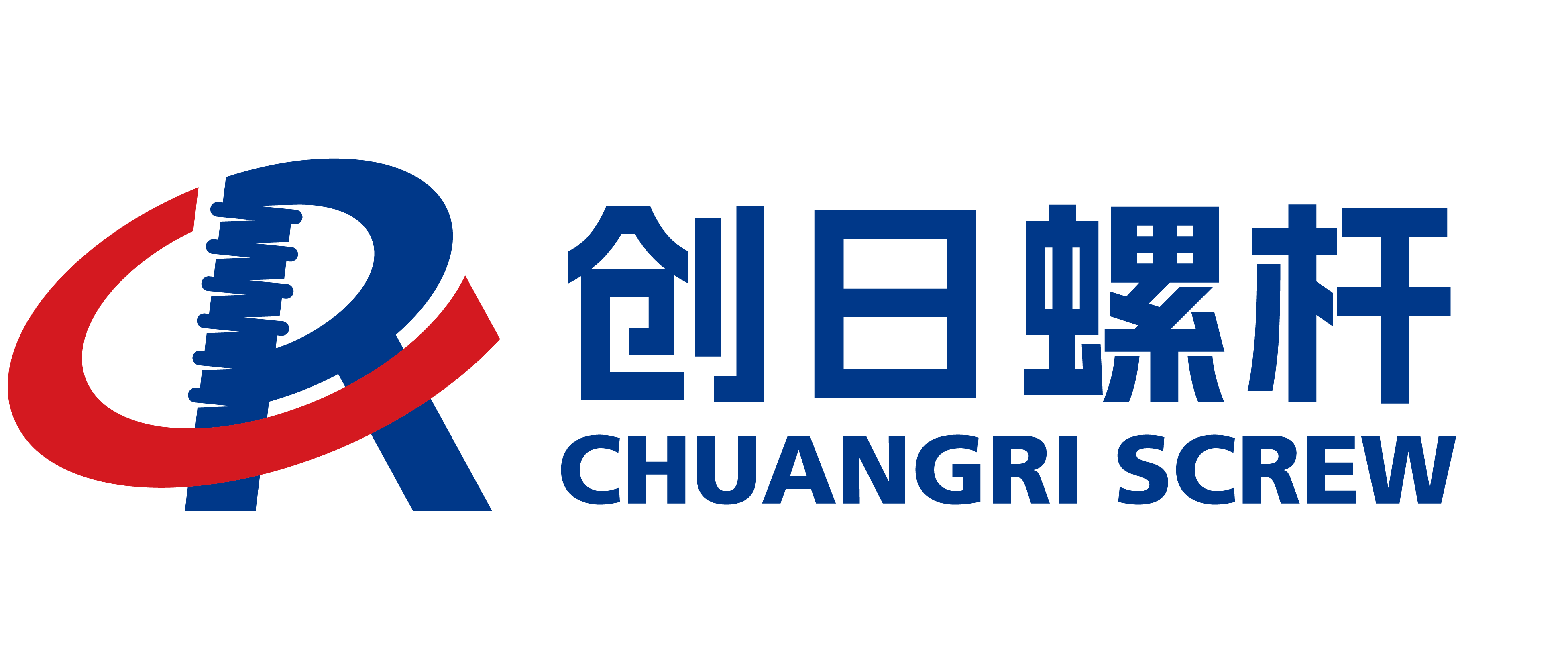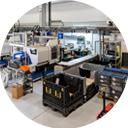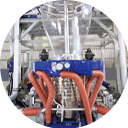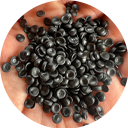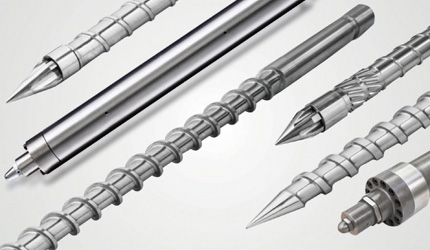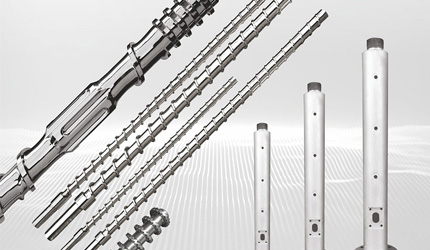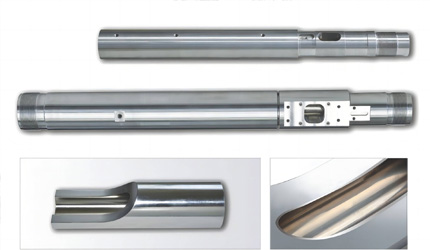Exploring the Dynamic Mechanism of the Screw and Barrel in Plastic Extruders
Exploring the Dynamic Mechanism of the Screw and Barrel in Plastic Extruders
What is the Role of the Plastic Extruder Screw Barrel?
How Does the Screw Barrel Function in the Process?
The plastic extruder screw barrel is a super important part. It turns raw plastic bits into cool products. The screw inside the barrel does three big jobs: moving solids, melting them, and pumping the gooey plastic. The screw spins in the barrel, making heat and friction to melt the plastic. First, plastic pellets get dumped into a hopper. The screw pulls them along during solid conveying. As they slide forward, things get hot and squishy. This turns the pellets into a liquid. Then, in the metering or pumping step, the screw pushes the melted plastic out steadily for filling molds. For example, a toy factory uses this to make smooth, perfect plastic parts for action figures.
Why is the Screw Barrel Critical for Material Processing?
The screw barrel’s setup is a big deal for how well it processes plastic. It affects how well the final product turns out. Different plastics act in unique ways, needing exact heat control and good mixing to stay even. The screw barrel keeps heat spread out right and makes sure plastic flows smoothly. This stops problems like half-filled molds or bumpy surfaces. Plus, a smartly built screw barrel can work with all kinds of plastics, like fresh or recycled ones. This makes it super handy for different jobs. A phone case maker, for instance, relies on this to get shiny, flawless cases every time.
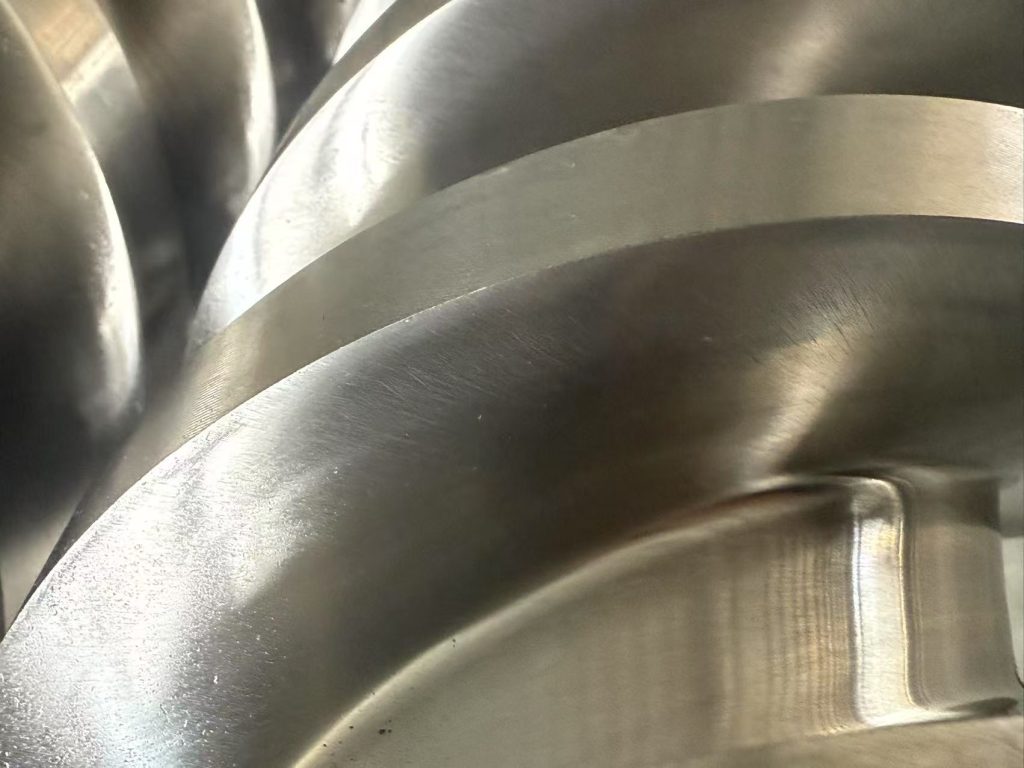
How Does Design Impact the Efficiency of a Plastic Extruder Screw Barrel?
What Are the Key Components of a Screw Barrel Design?
The screw barrel’s efficiency comes down to its design parts. These include the feed zone, compression zone, metering zone, and sometimes extras like barrier zones or mixing sections. Each part has its own job:
- Feed Zone: Grabs raw plastic and moves it along.
- Compression Zone: Squeezes and heats to melt the plastic.
- Metering Zone: Keeps the melted plastic flowing steadily.
Fancy designs might add stuff like bimetallic linings or special thread shapes to boost performance. Dual barrier zones, for example, mix plastic better and speed up melting. A bottle-making plant uses these to churn out clear, strong bottles fast.
How Do Material Properties Influence Design Choices?
The way plastics act—like how thick they are, when they melt, or how they handle heat—shapes screw barrel designs. Tough materials like PPR (Polypropylene Random Copolymer) or HDPE (High-Density Polyethylene) need special setups to process right without breaking down. Barrier zone designs keep melt temps low and mix things even. Screws with three-side alloy technology can tackle rough stuff like high-calcium carbonate plastics. A pipe factory might pick these to make sturdy PPR pipes without wear issues.
What Are Common Challenges in Screw Barrel Performance?
Screw barrels face some tough problems. Wear from heavy use is a big one. Uneven heating can mess up melting, too. Some plastics with weird traits are hard to process. Fillers like calcium carbonate grind down parts fast. To fix this, makers use wear-resistant coatings or strong alloys. These can make screws last over 30% longer. Regular checks and upkeep also keep things running smoothly. A packaging plant, for example, cleans its barrels often to avoid clogs and keep products perfect.
Which Materials Are Used to Manufacture Plastic Extruder Screw Barrels?
What Makes Certain Materials Suitable for High-Performance Barrels?
High-performance barrels need tough materials that handle crazy heat, pressure swings, and rough conditions. Common ones include CPM-9V, H13, Hastelloy C-276 and carbon tungsten alloy. These stand up to wear, rust, and tough environments. Bimetallic tech, for instance, pairs a strong outer layer with a rust-proof inner one for extra strength. A car parts maker uses these to keep barrels going through long, hot runs.
How Does Wear Resistance Affect Longevity and Productivity?
Wear resistance is key for keeping screw barrels alive and productive. A worn-out barrel messes up plastic flow and mixing, leading to bad products and lots of downtime. Tech like nitriding or tungsten carbide alloy layers makes barrels last way longer. This cuts costs and keeps production rolling. A toy plant with tough barrels runs non-stop, churning out perfect plastic blocks without breaks.
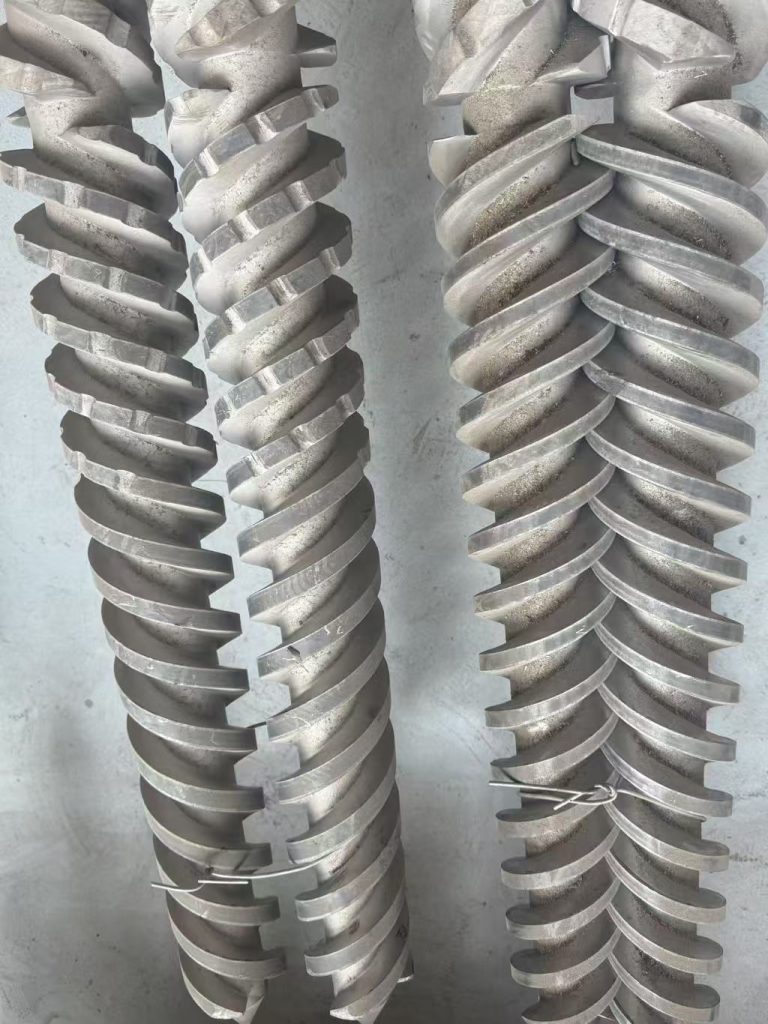
Why Choose CHUANGRI SCREW for Plastic Extruder Screw Barrels?
Who is CHUANGRI SCREW and What Do They Offer?
Overview of CHUANGRI SCREW’s Expertise in Screw Barrels
CHUANGRI SCREW is all about awesome solutions for plastic extrusion. They make feeder screws and barrels for every brand, model, and size out there. Plastics might seem the same, but they act super differently when processed. CHUANGRI SCREW’s know-how shines in building custom screws that make production zip along. They handle fresh or recycled plastics, tailoring solutions to fit exact needs. A furniture factory, for instance, uses their screws to make strong plastic chair parts with recycled materials.
The Benefits of CHUANGRI SCREW’s Customizable Solutions
CHUANGRI SCREW loves making custom screw barrels that boost your work. They dig into what you need—like the plastic type, work conditions, and product quality. Using cool tech like bimetallic linings and special thread designs, they make barrels that perform great and last long. A pipe maker might get a custom screw to churn out smooth PPR pipes faster and cheaper.
What Sets CHUANGRI SCREW’s Plastic Extruder Screw Barrels Apart?
Precision Engineering and High-Quality Materials
CHUANGRI SCREW stands out with top-notch engineering and strong materials. Their barrels use stuff like CPM-9V, H13, Hastelloy C-276 and carbon tungsten alloy. These handle hot temps, wild pressures, and rough plastics. Tricks like nitriding and bimetallic tech make their products even tougher. A packaging plant trusts these for making thin, perfect plastic films every time.
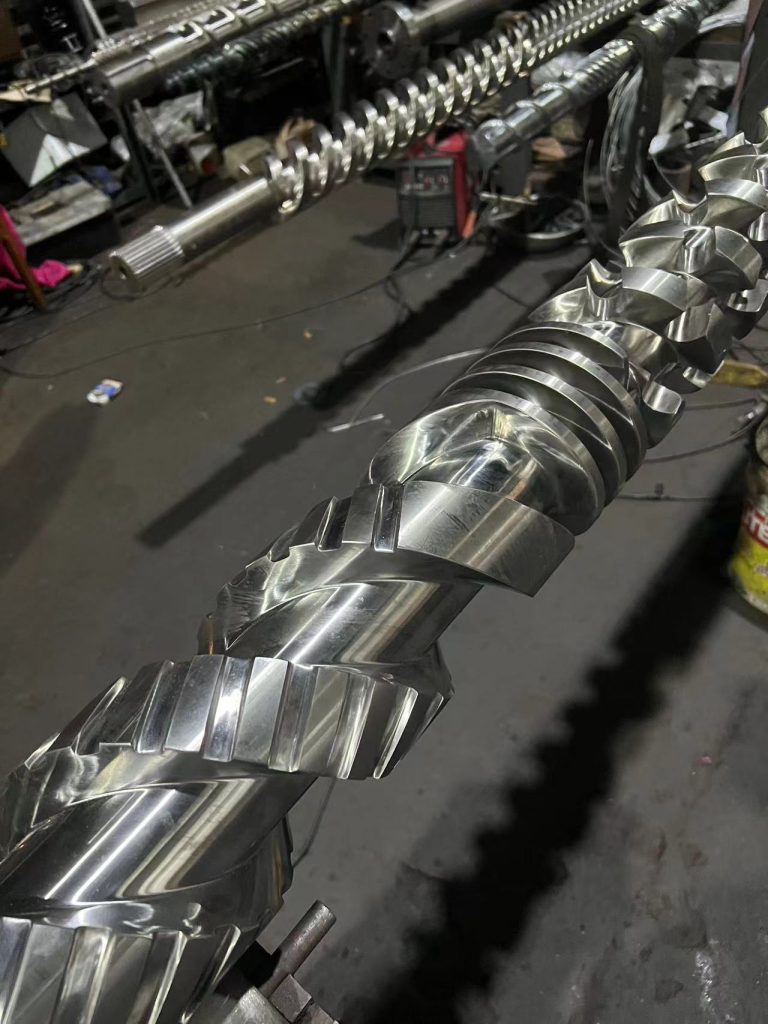
Enhanced Durability and Optimized Performance
CHUANGRI SCREW’s screw barrels are built to last. Check out these examples:
- PPR Pipe Extruder High-Speed Screw: Their pipe screws keep getting better with barrier zone designs perfect for PPR and HDPE. These keep melts cool and mix even, using three-side alloy tech to last 30% longer. A plumbing company uses them for tough, smooth pipes.
- SPC Conical Twin-Screw Barrel: Made for WPC boards, doors, foam boards, SPC flooring, and PVC products, these use bimetallic tech. They handle new or recycled plastics easily. A flooring maker relies on them for sturdy, eco-friendly floors.
These upgrades save cash and make products top-quality by keeping things steady across all kinds of jobs.
FAQ
Q: What should I think about when picking a plastic extruder screw barrel?
A: Look at plastic types, how they need to be processed (like heat control), wear resistance, and custom options for your setup.
Q: How does screw barrel design boost efficiency?
A: Feed zones move plastic, compression zones melt it even, and metering zones keep the flow steady. Extras like barrier zones or mixing parts make it even better.
Q: Can one screw barrel handle different plastics?
A: Yup, but it needs tweaks for each plastic’s melt point and thickness to keep products solid.
Q: How do I make a screw barrel last longer?
A: Clean it regularly, check for wear, add coatings if needed, and swap out bad parts quickly.
Q: Why’s picking the right material for screw barrels a big deal?
A: The material decides if the barrel can take heat or rough plastics. Tough alloys like Hastelloy C-276 or Inconel keep it running strong.
